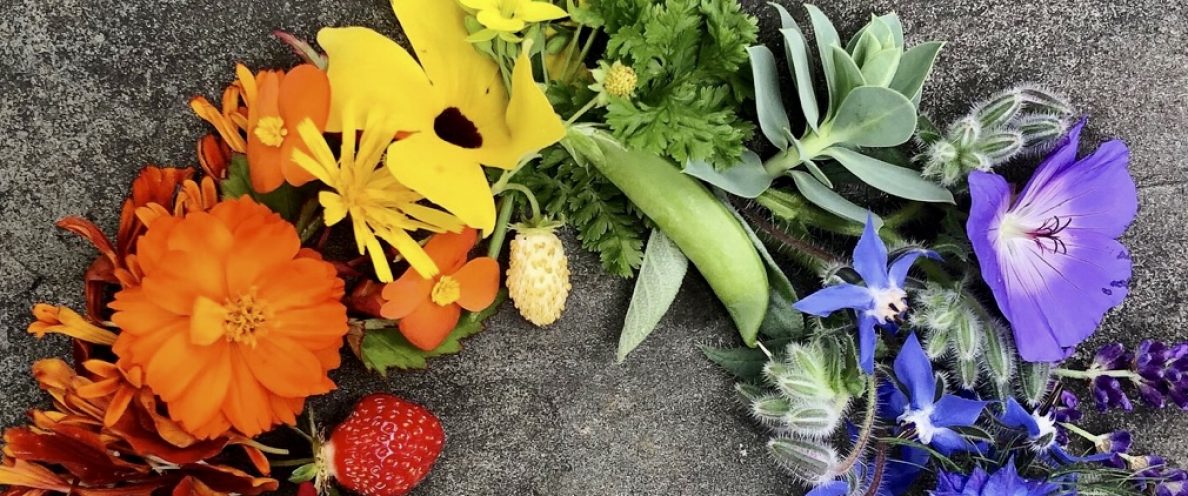As an Amazon Associate I earn from qualifying purchases.

I absolutely adore my 100% linen sheets! Linen sheets changed my life and yes, I’m serious!
I still remember the first time a friend of mine showed me linen sheets and raved about how lovely they were. I was in The Bay Area, across the bridge at the Marin Shabby Chic store and they carried 100% Irish linen sheets. Completely out of my budget at the time, I eventually bought my first set and am fully hooked. I simply love the feel and look of them.
From cotton to flannel to percale, there’s a seemingly endless variety of sheets on the market, but linen remains mysterious to many shoppers. Long regarded as luxurious, hardy, and a great option for hot climates, linen sheets seem old-fashioned to many — after all, linen’s strength, durability, and softness have made it the fabric of choice for aristocracy ranging from pharaohs to European kings. But this luxe weave is having a huge resurgence as retailers like Brooklinen, Parachute and West Elm have all created linen collections within the past couple of years.
Prior to finding linen sheets, I was a fan of the American made charisma sheets. They were in the locked sheet cabinet at Bed, Bath and Beyond in the late 80’s. They were the softest sheets I’ve ever owned. Sheet thread counts weren’t as much in the forefront as they are now.
I started buying linen sheets in 2011 and never looked back. Some of my favorite brands are the super soft creations of Eileen Fisher, exclusive to Garnet hill and Restoration Hardware’s interesting patterns and unusual colors.
I’ve bought a few more affordable sets from Amazon that have been great and held up well. One of the more affordable brands that I like is Simple Opulence another brand I like is Sijo Premium Stone Washed 100% French Linen Bed Sheet.

Linen sheet sets can range anywhere from $89 to $365 for queen-size mattresses. The complicated process of creating them is one indication of their higher price tag.
Conscious consumers will notice one striking thing about these sheets: They don’t come cheap. Linen’s hefty price tag has nothing to do with its royal lineage, though. Producing linen is time-consuming and expensive thanks to both the manufacturing process and the limited geographical area in which flax, the source of linen, will grow. Flax, a natural fiber, is grown and harvested in Western Europe, mostly in Belgium, where production and labor costs are high.
Flax plants take about three months to mature, then must be harvested from root to stem. After harvest, the fibers must be loosened from the stalk through a process called retting. Once this happens, the actual process of separating the fibers from the straw and woody detritus, called scutching, can begin.
Linen fibers then go through one more method of sorting (called hackling), which separates long fibers from short fibers. Only then can weaving begin. Linen threads are also quite fragile and can break easily, making the weaving process especially time-consuming.
There is a time and place for flannel but linen works for all seasons!

Linen is one of the best fabrics for health. The linen keeps you warm on chilly nights and cool on warm nights, an “investment piece” for your bedroom. It’s soft like Egyptian cotton and medium weight. Linen has nice temperature moderation and breathability to help you fall asleep faster and sleep sounder. The unique material is especially suitable for hot climates regions. The fabric will be softer after repeated washing, and the durability will not be lost.
While it’s cost and the laborious production process might lead you to believe that linen is a delicate, fussy fabric (we’re looking at you, silk), linen is surprisingly durable and easy to care for at home. It’s naturally antibacterial and stain resistant, anti-static, and can absorb as much as 20% of its own weight before it begins to feel damp — making it perfect for those sweaty, sleepless summer nights.
It’s recommended to wash linen on the gentle cycle with like colors and using a mild, liquid laundry detergent. Linen naturally has a more relaxed look that does not require ironing. However, if you’d like more structure, iron with warm heat on the milder ‘linen’ setting.
So there you have it — the next time you cringe at the price tag of those linen sheets, just know that you’re buying a set that’s not only comfortable, eco-friendly and beautiful, it will likely last a lifetime!
Hope you will get to try a set of lovely linen sheets. Thanks for reading along.
Colleen


Well dang. I need to get soene
LikeLiked by 1 person